In the world of blockchain technology and cryptocurrencies, Chainlink is a name that is becoming increasingly well-known. It is a decentralized oracle network that connects smart contracts with real-world data, enabling blockchain applications to interact with the outside world. Chainlink is unique because it solves a crucial problem: how can blockchains and smart contracts access external data in a secure and trustworthy way?
In this article, we will dive deep into what Chainlink is, how it works, and why it is important in the world of blockchain.
What is Chainlink?
Chainlink is a decentralized network designed to connect smart contracts with real-world data. It provides a reliable way for smart contracts to interact with data, APIs, and payment systems that exist outside of a blockchain. The term oracle is used to describe systems that provide external data to a blockchain. Chainlink serves as an oracle network, helping smart contracts get data from the real world.

Blockchains, such as Ethereum, can run code and store data, but they cannot access external data by themselves. This is where Chainlink comes in. It acts as a bridge that allows smart contracts to access and interact with external information securely. In other words, Chainlink enables smart contracts to go beyond their blockchain and make decisions based on data from the real world, such as stock prices, weather data, sports scores, or other information.
For example, consider a smart contract in an insurance application that needs data about weather conditions. Chainlink would provide the smart contract with accurate weather data, allowing the contract to execute based on real-world conditions, such as triggering a payout for a farmer if certain weather conditions are met (e.g., if a drought occurs).
The Chainlink network is made up of oracles, which are nodes that gather and deliver external data to smart contracts. These oracles fetch the data from multiple sources and deliver it to the smart contracts on the blockchain.
Why Do We Need Chainlink?
The need for Chainlink arises from a limitation of blockchain technology. Blockchains can only access and verify data that is stored on the blockchain itself. They are closed systems that cannot access the outside world. However, many use cases for smart contracts require data that is external to the blockchain. For instance, a decentralized financial (DeFi) application might need data about the price of an asset, but that information lives outside the blockchain.
Without an oracle like Chainlink, there is no way to bring this data into the smart contract. This is a major limitation for the development of decentralized applications (dApps), as it prevents smart contracts from being able to interact with real-world events and information.
Here are a few examples of the types of data Chainlink can bring to smart contracts:
- Financial data: Stock prices, cryptocurrency prices, market indexes, etc.
- Weather data: Information about rainfall, temperature, or natural disasters.
- Geolocation data: Information about location or movement, useful for logistics and delivery systems.
- Sports data: Scores, results, and statistics from sporting events.
- IoT data: Data from connected devices in the Internet of Things (IoT), such as temperature sensors, motion detectors, etc.
Chainlink solves the problem by acting as a bridge between the blockchain and these external data sources. This is a key feature that enables blockchain applications to interact with the real world in meaningful ways.
How Does Chainlink Work?
Chainlink operates using a network of decentralized oracles to connect smart contracts with external data sources. The process is designed to ensure both the security and reliability of the data being provided to the blockchain. Here’s a step-by-step look at how Chainlink works:
1. Smart Contract Requests Data
The first step in the process is that a smart contract makes a request for external data. For example, imagine a decentralized application (dApp) that requires real-time cryptocurrency price data to execute a trade. The smart contract in this dApp will send a request to the Chainlink network to get the current price of the cryptocurrency from an external source (like an API).
2. Chainlink Nodes Fetch the Data
Once the smart contract sends a request, Chainlink’s decentralized network of nodes, called Chainlink nodes, takes over. These nodes are individual participants in the Chainlink network that are responsible for gathering data from external sources.
Chainlink nodes can fetch data from multiple APIs, websites, or data providers, depending on the request made by the smart contract. These nodes are incentivized to provide accurate and trustworthy data, as they are paid in LINK tokens (the native cryptocurrency of the Chainlink network) for their work.
3. Data Aggregation and Verification
One of the most important aspects of Chainlink is that it uses data aggregation to ensure the reliability and accuracy of the data. Instead of relying on just one data source, Chainlink nodes pull data from multiple sources and compare them. This ensures that the data provided to the smart contract is trustworthy and accurate.
For example, if a smart contract requests the price of Bitcoin, multiple Chainlink nodes will check various reliable price feeds and return the data. The price is aggregated to avoid manipulation and ensure that the final data is correct.
4. Delivering the Data to the Smart Contract
After gathering and verifying the data, the Chainlink nodes return the data to the smart contract. Once the smart contract receives the data, it can perform the appropriate action based on the information. For example, if the price of Bitcoin has reached a certain threshold, the smart contract might execute a trade, make a payment, or trigger any other logic.
5. Chainlink’s Security Features
Chainlink ensures the security and integrity of its data using several features:
- Decentralization: Chainlink’s network is decentralized, meaning there are many nodes contributing data. This reduces the risk of data manipulation, hacking, or failure.
- Reputation System: Chainlink nodes have a reputation system that tracks their performance. Nodes that consistently provide accurate and reliable data are rewarded, while unreliable nodes are penalized.
- Data Provenance: Chainlink ensures that the data delivered to the smart contract is sourced from trustworthy and verified sources. This guarantees the quality and accuracy of the data.
6. Incentive Model with LINK Tokens
Chainlink uses LINK tokens as the native cryptocurrency of its network. These tokens are used to pay the Chainlink nodes for the data they provide. When a smart contract requests data, it must provide LINK tokens as payment. The nodes are incentivized to participate in the network by earning LINK tokens for their services.
Furthermore, LINK tokens are also used to ensure that the data provided by the nodes is trustworthy. The more LINK tokens a node stakes (locks as collateral), the higher its reputation, as staking LINK tokens ensures that the node has a financial stake in providing accurate data.
Key Features of Chainlink
- Decentralized Oracles: Unlike centralized oracles that rely on a single data provider, Chainlink uses a network of decentralized nodes to ensure data reliability and security.
- Multiple Data Sources: Chainlink pulls data from various external sources, allowing smart contracts to access diverse sets of information from different domains (e.g., finance, weather, sports).
- Data Aggregation and Validation: Chainlink aggregates data from multiple sources and validates it to ensure accuracy before delivering it to the blockchain.
- Security and Trust: The network uses cryptographic techniques and a reputation system to ensure that the data is secure and that nodes are incentivized to act honestly.
- Native Token – LINK: The LINK token is used to pay for services within the Chainlink network, and it helps ensure the integrity of the data by acting as collateral for the nodes.
Applications of Chainlink
Chainlink has a wide range of use cases that make it valuable for decentralized applications (dApps) and blockchain projects. Some of the key applications include:
- Decentralized Finance (DeFi): Chainlink plays a critical role in the DeFi ecosystem by providing price feeds and other data needed for lending, borrowing, and trading applications. For example, Chainlink’s price oracles are used in DeFi platforms like Aave and Compound to ensure that the prices of assets are accurate and up-to-date.
- Insurance: In decentralized insurance contracts, Chainlink can provide data such as weather reports, flight delays, or accident reports. This allows smart contracts to automatically trigger payouts based on real-world events, making the process more efficient and transparent.
- Supply Chain Management: Chainlink can help track and verify the movement of goods in a supply chain. By connecting smart contracts to real-time data about shipments, conditions, and inventory, it can improve the efficiency and transparency of the entire process.
- Gaming: In gaming, Chainlink can be used to provide real-world data such as random number generation, sports scores, and live event outcomes. This ensures that gaming applications can operate fairly and transparently.
- IoT (Internet of Things): Chainlink can connect smart devices in the IoT ecosystem to smart contracts. For example, it can be used to gather data from smart sensors and automate actions based on that data.
Conclusion
Chainlink is a powerful and innovative network that solves a key problem for the blockchain world: how to bring external data into smart contracts in a secure, reliable, and decentralized way. By providing a decentralized oracle network, Chainlink enables smart contracts to interact with real-world information, making blockchain applications more versatile and useful in a wide range of industries.
Disclaimer: The content provided here is for educational purposes only and is intended to raise awareness about cryptocurrency and blockchain technology. It should not be considered as financial or investment advice. Before investing in any cryptocurrency or token, we strongly encourage you to conduct thorough research, understand the associated risks, and make informed decisions (DYOR – Do Your Own Research). For detailed guidance, consult a qualified financial advisor.

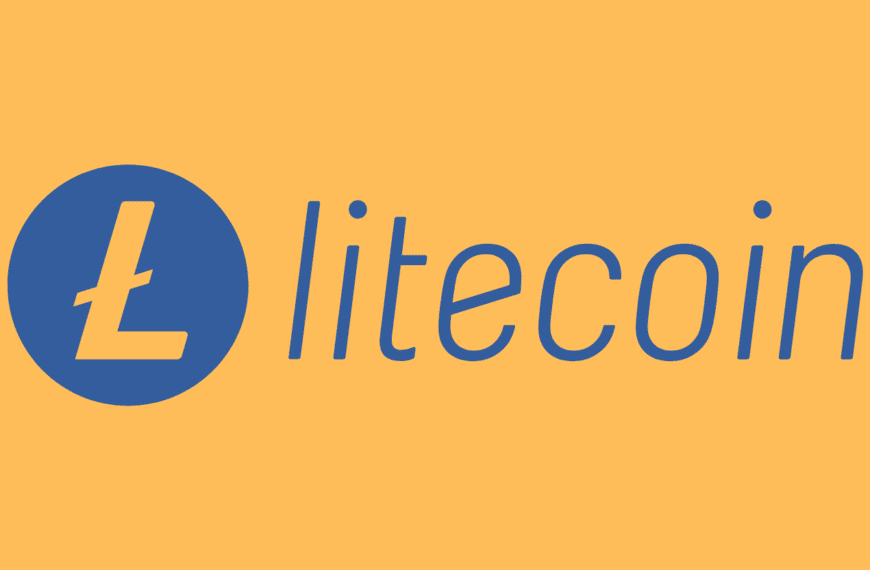
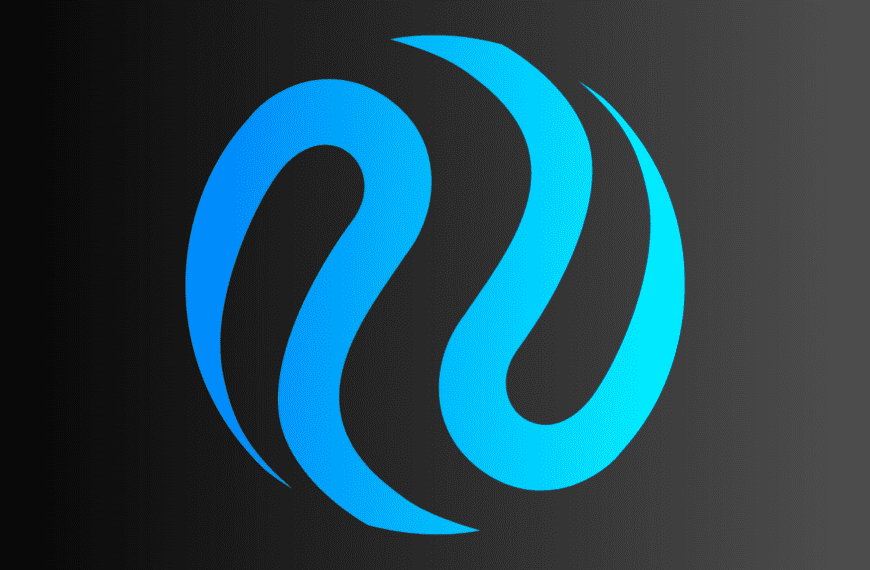
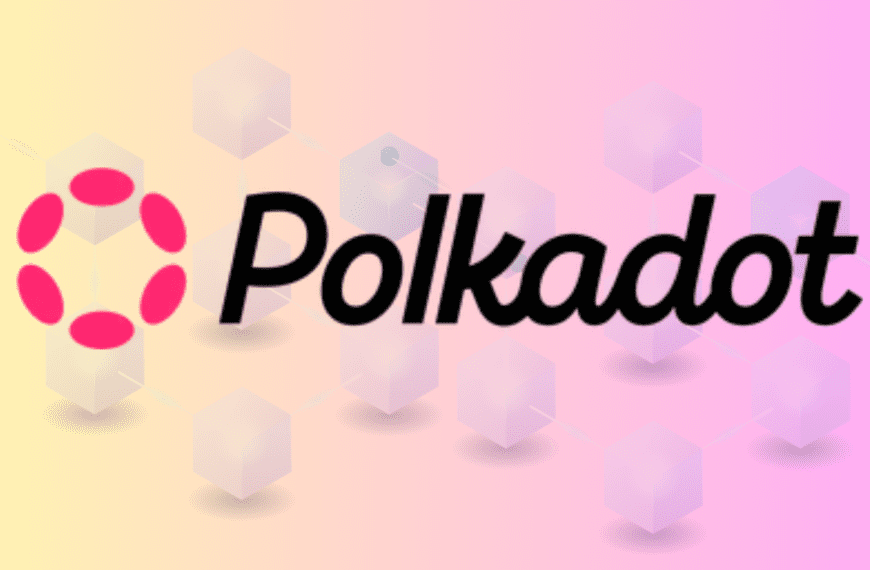
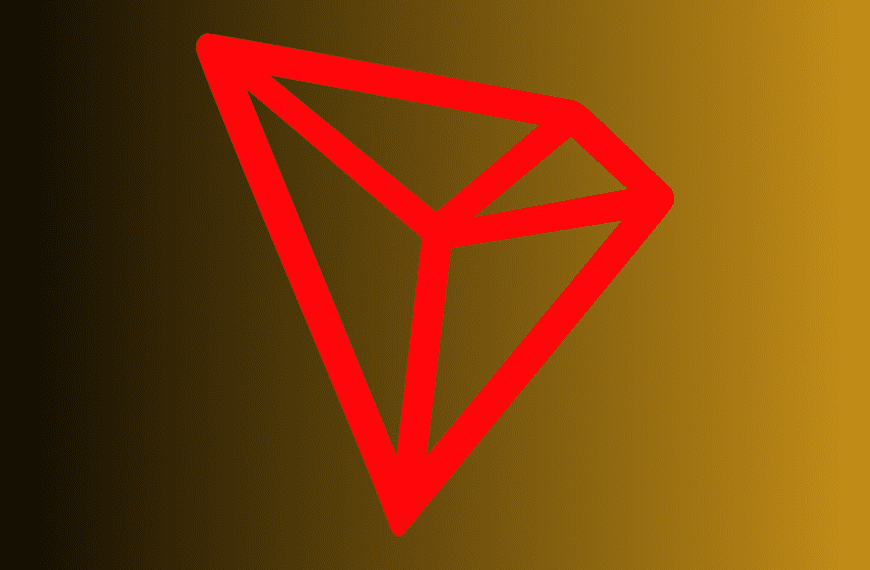


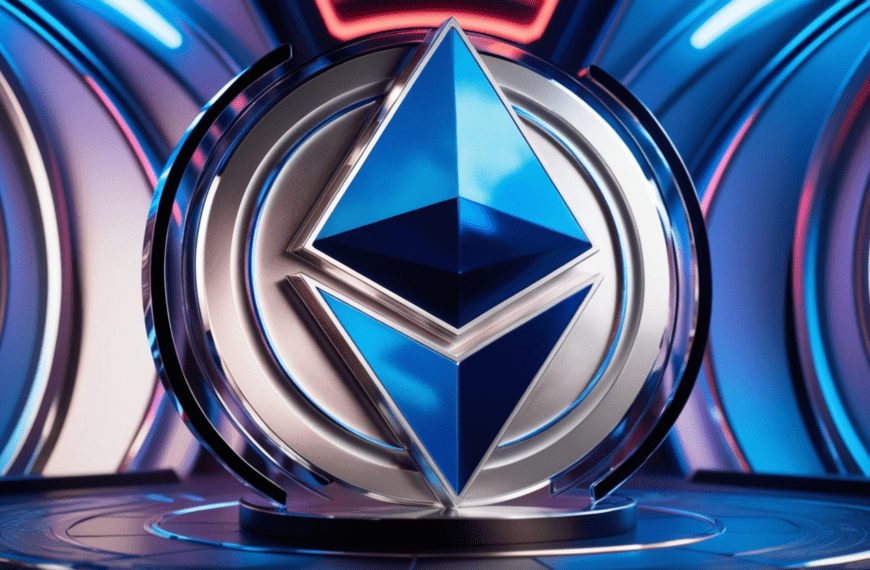

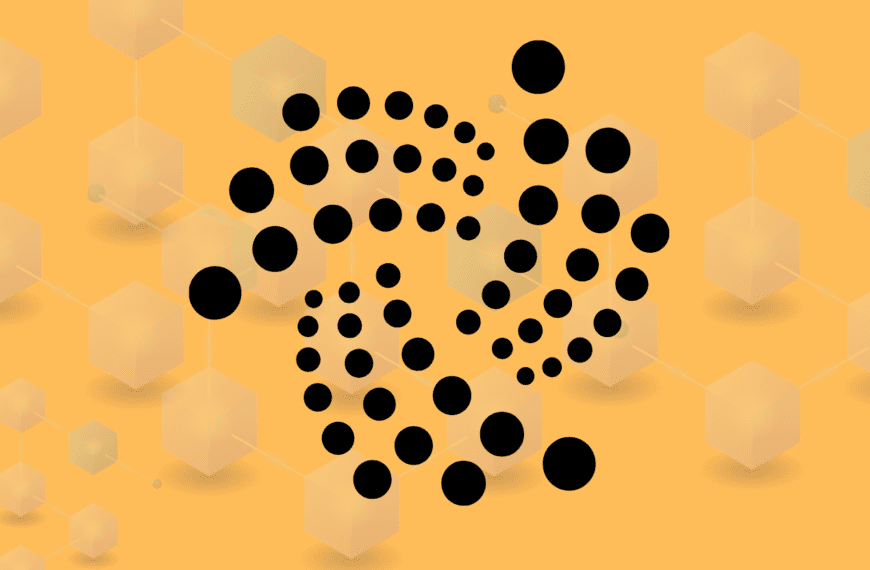
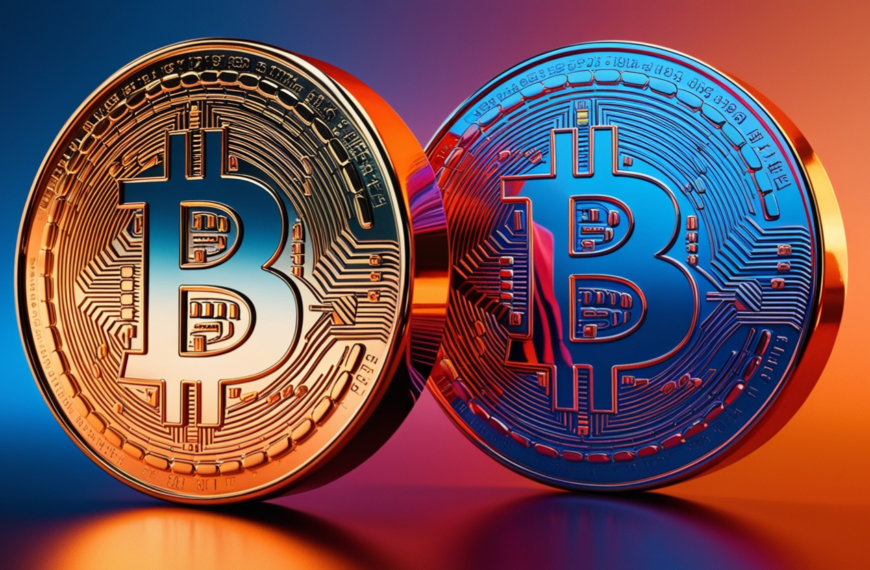

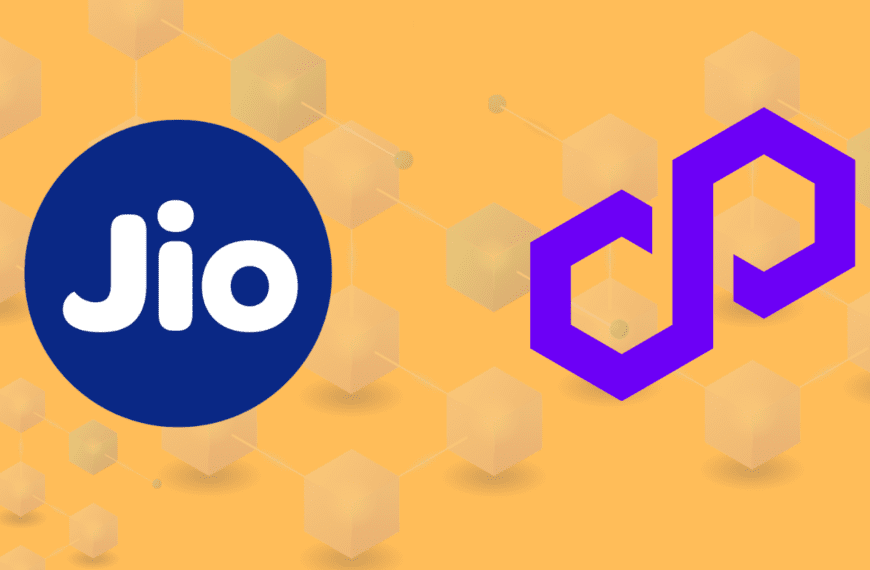
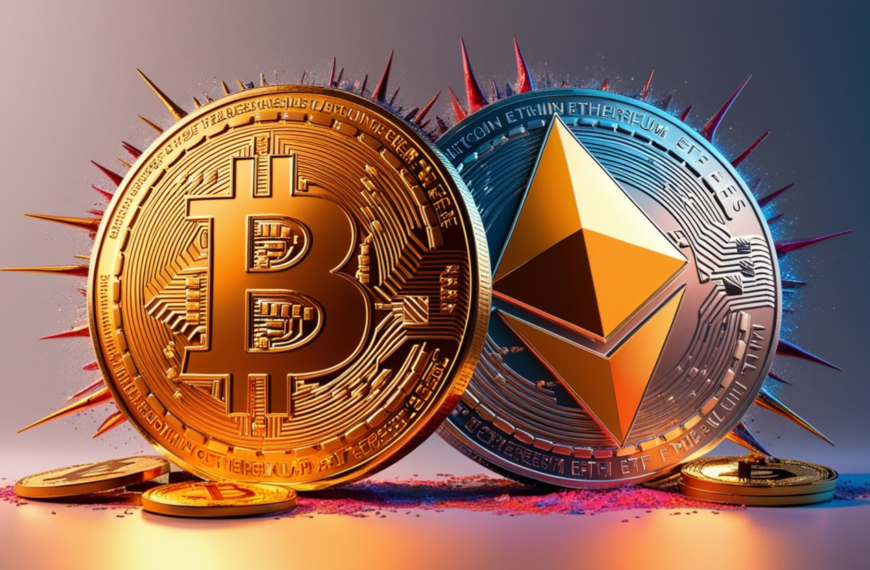
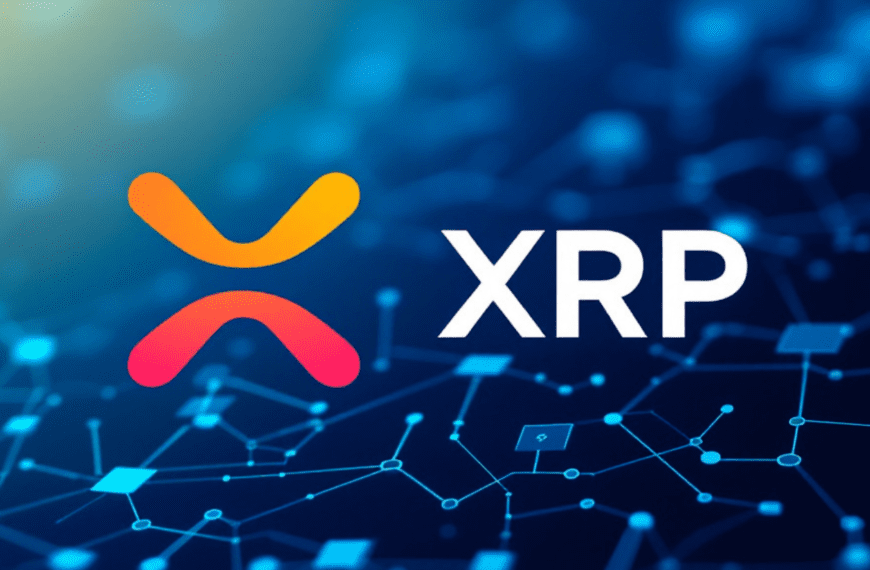
Nice content..